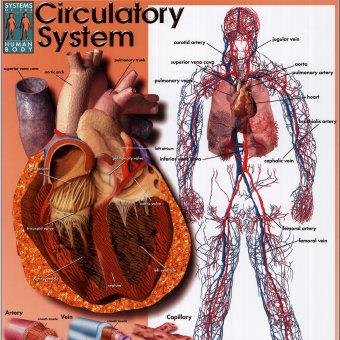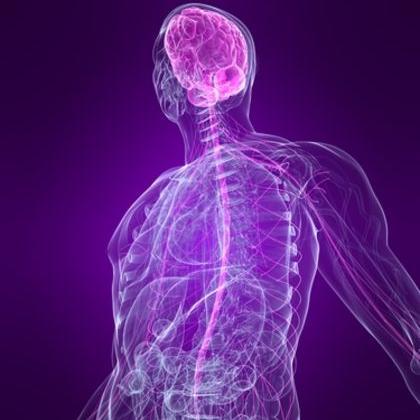You might like
The two main veins that connect to the heart are called the vena cava.

Physicians followed an incorrect model of the cardiovascular system for 1500 years livescience.com/39925-circulat…
In the average human, about 2,000 gallons of blood travel daily through about 60,000 miles (96,560 kilometers) of blood vessels.
The blood carries oxygen and nutritive elements towards the body cells.
The heart beats 72 times in a single minute, and produces approximately 2.5 Billion beats in a lifetime.
Blood is actually a specialized form of connective tissues and is produced inside the bones.
Human Heart Anatomy | Learn About Structure and Functioning of Human Heart youtube.com/watch?v=_CfTAm…

youtube.com
YouTube
Human Heart Anatomy | Learn About Structure and Functioning of Human...
Out of the total volume of blood plasma, 92% is water and only 8% is that of the plasma proteins.

The total length of all the blood vessels in the human body is approximately 60,000 miles. Buzzle: buzzle.com/articles/cardi…
Average weight of the heart in males and females is 300-350 g and 250-300 g respectively. buzzle.com/articles/cardi…

Out of the total weight of the human body, 7% is that of blood.

The blood cells are of two types: white blood cells (WBCs) and red blood cells (RBCs).
Blood enters the heart at the atria an then flows into the ventricles, which contract and push blood around the body.
How a Normal Heart Pumps Blood -- The Children's Hospital of Philadelphia youtube.com/watch?v=JA0Wb3…
Valves in the heart keep the blood flowing in one direction.

United States Trends
- 1. Daboll 36.6K posts
- 2. Pond 233K posts
- 3. Bowen 11.3K posts
- 4. Schoen 16.2K posts
- 5. Kim Davis 10K posts
- 6. Giants 78.5K posts
- 7. Go Birds 9,691 posts
- 8. #MYNZ 1,408 posts
- 9. Dart 30.7K posts
- 10. Marines 50.9K posts
- 11. Veterans Day 21.9K posts
- 12. Semper Fi 10.3K posts
- 13. #IDontWantToOverreactBUT 1,379 posts
- 14. Kafka 8,848 posts
- 15. Edmund Fitzgerald 8,592 posts
- 16. Obergefell 6,310 posts
- 17. Joe Dirt N/A
- 18. Joe Burrow 3,594 posts
- 19. #MondayMotivation 44.8K posts
- 20. #ROBOGIVE N/A
You might like
Something went wrong.
Something went wrong.










































